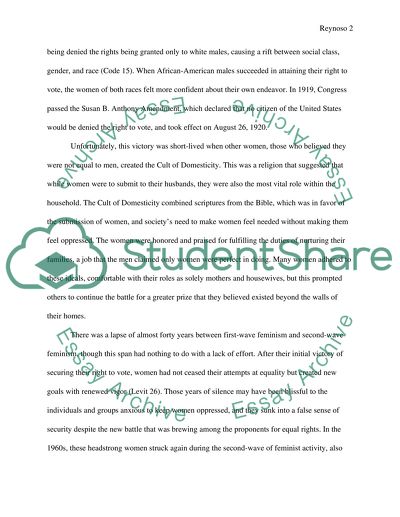Cite this document
(“Three waves of Feminism Research Paper Example | Topics and Well Written Essays - 1250 words”, n.d.)
Retrieved from https://studentshare.org/literature/1472238-three-waves-of-feminism
Retrieved from https://studentshare.org/literature/1472238-three-waves-of-feminism
(Three Waves of Feminism Research Paper Example | Topics and Well Written Essays - 1250 Words)
https://studentshare.org/literature/1472238-three-waves-of-feminism.
https://studentshare.org/literature/1472238-three-waves-of-feminism.
“Three Waves of Feminism Research Paper Example | Topics and Well Written Essays - 1250 Words”, n.d. https://studentshare.org/literature/1472238-three-waves-of-feminism.


